News 87.9% of high school students communicate by chatting on smartphones
With the penetration of the Internet, which is an infrastructure that allows easy communication with an unspecified number of people, and mobile phones that can be accessed from anywhere at any time, especially smartphones with enhanced functions, the Internet has become even more popular among minors. Communication using is spreading rapidly. This time, we will check the current situation from the published values of the "Reiwa 2nd Year of the Internet Usage Environment Survey for Youth"(*), which was announced by the Cabinet Office in March 2021.
The following are communication tools mainly used by elementary, junior high and high school students who use the Internet on desktop computers, laptop computers, conventional mobile phones, and smartphones that access the Internet. Percentage of people using (all communication services including e-mail, messenger, chat, social media, etc.). For example, the overall value for desktop computers is 14.5%, so among elementary, junior high and high school students, 14.5% of those who use desktop computers to access the Internet said they use email and social media on those devices. Become. Note that the frequency was not asked, and it was determined that the respondents "used" based on their perception.
It should be noted that the number of people who use the Internet using conventional mobile phones is very small, and the statistics tend to be inconsistent, so caution is required. For example, in high school, there are only 7 boys and 6 girls.
Since it is the tool usage rate among those who use the Internet on the corresponding terminal, although the usage rate of the terminal itself does not affect it, the higher grades show a higher value for personal computers. Computers are either used under the supervision of parents or shared with parents, and the reality is that communication tools are difficult to use. It makes sense to think that as people get older, there will be cases where they procure things on their own, and cases where parents are concerned about their children's privacy.
In terms of mobile phones, conventional mobile phones are relatively low, around 50% for boys, but higher for girls in higher grades. 100% of female high school students answered that they are using it, although there is a possibility of statistical fluctuation. This is because conventional mobile phones have limited functions compared to smartphones, and in addition to being used as a dedicated device for communication tools, they are also used as a tool for contacting parents and guardians for crime prevention. , e-mail, etc. The particularly high value for girls reminds us that they are probably used for crime prevention purposes.
On the other hand, the usage rate of smartphones among elementary school students is lower than that of conventional mobile phones, probably because their guardians have prohibited them from using communication tools. However, it jumps to over 80% for junior high school students and over 90% for high school students. I would like to confirm what kind of tool is used specifically, but there is no classification like e-mail, social media, and chat-type services, so confirmation is impossible.
Considering the usage rate of each terminal itself, the following graph shows the ratio of each attribute to the total. For example, 16.9% of all elementary school students use smartphones, so 16.9% of all elementary school students use smartphones as communication tools.
Originally, the usage rate of personal computers was low among Internet users, but in addition, the usage rate of the terminal itself is low, so the usage situation in the whole is even lower. Less than 10% of high school students use laptops for communication.
On the other hand, when it comes to mobile phones, conventional mobile phones remain at around 1% regardless of school type. A big factor is the low usage of the terminal itself. On the other hand, smartphones are already in the 50% range among junior high school students, and nearly 90% among high school students. Not only smartphone users, but 87.9% of all high school students and 89.4% of high school girls are using smartphones to communicate. Of course, it will be in the form of a shift from e-mail by conventional mobile phones.
In addition, among various services on the Internet, communication tools are used frequently. Most of the terminals used in these tools are smartphones, and the fact that computers are almost never used is one of the results that gives the impression that young people are moving away from computers and keyboards.
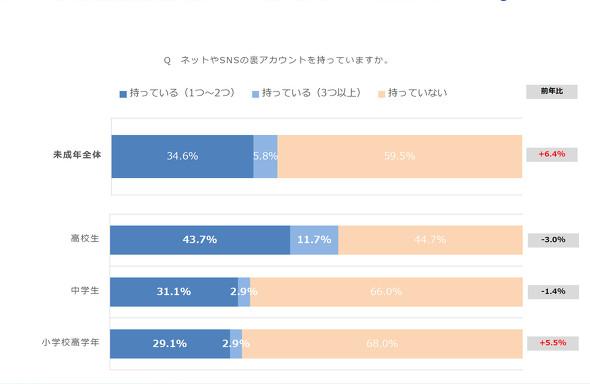
■Related articles:
[“Why are you not using LINE?”
[LINE, Facebook, Twitter... Explore usage of major social media]
From November 5, 2020 to December 13, 2020, individual interviews were conducted by investigators for 5,000 youths aged 10 to 17 years old as of November 1, 2020 and their guardians living together. (In case of difficulty, the visit distribution and collection method is also used. Parents follow the visit distribution and collection method in principle). Web survey method is also used only when time cannot be adjusted. The number of valid responses was 3,605 from adolescents (of which 388 were via the web) and 3,633 from guardians (of which 421 were via the web and 180 via the mail collection method).
(Note) Unless otherwise specified, the graphs and charts in the text are quoted from or created by the author based on the materials.
(Note) Unless otherwise noted, the photographs in the text were created by the author based on the materials described in the text, or were taken by the author during interviews.
(Note) Numbers used in article titles, text, graphs, etc. may be written after rounding off any digits after the decimal point so that the display is considered optimal on the spot. I have. Therefore, the total number of figures on the display may not match exactly.
(Note) If the value at the end of the axis of the graph is set to a positive value other than zero in order to fix the appearance of the graph and make it easier to see the movement of the numbers, the value is enclosed in a circle or the like to call attention to it. There are cases.
(Note) In order to improve the appearance of the graph, the notation of items (such as okurigana) may be partially omitted or changed. Also, "~" may be expressed as "-".
(Note) "ppt" in the graph means % points.
(Note) "(Great) Earthquake" refers to the Great East Japan Earthquake unless otherwise specified.
(Note) This article is a partial addition and change to the article published in [Garbage News].

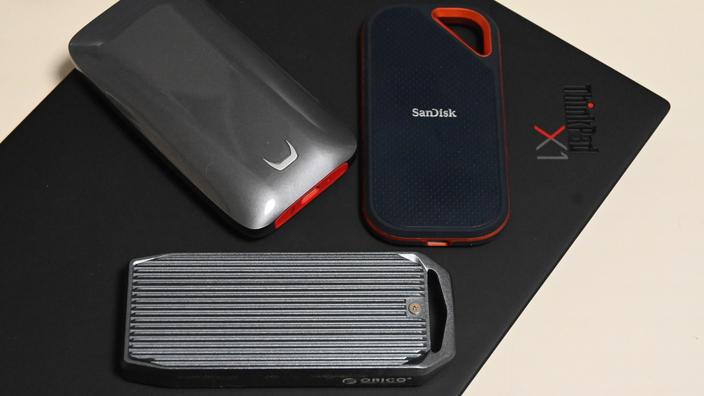
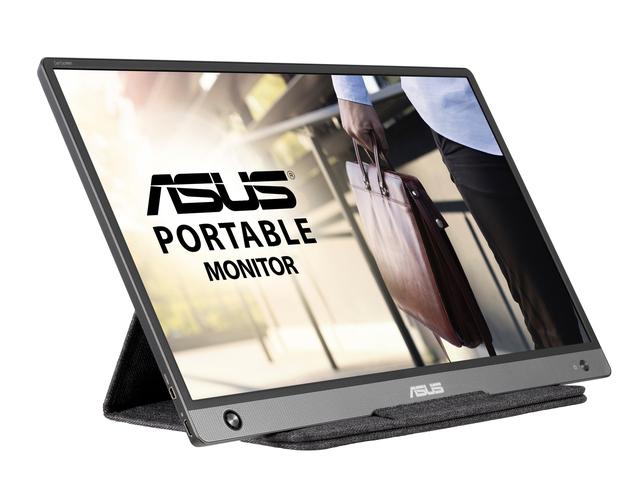
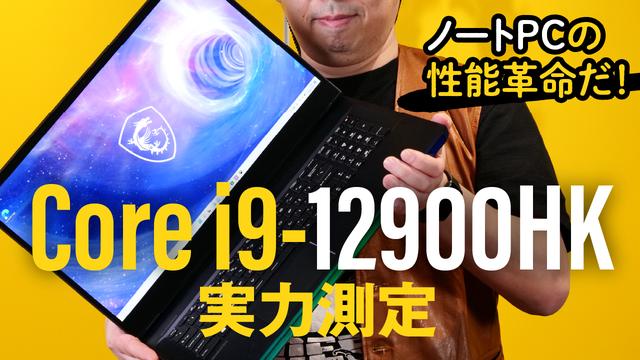
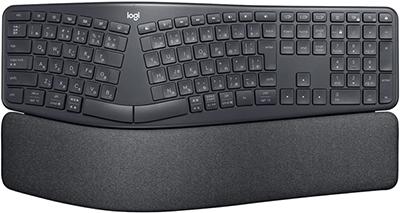

![[July 6 and 7] DX realized by content cloud, advanced platform for business transformation](https://website-google-hk.oss-cn-hongkong.aliyuncs.com/drawing/article_results_9/2022/3/9/6bbafe438d78271513761788166cbf94_0.jpeg)

